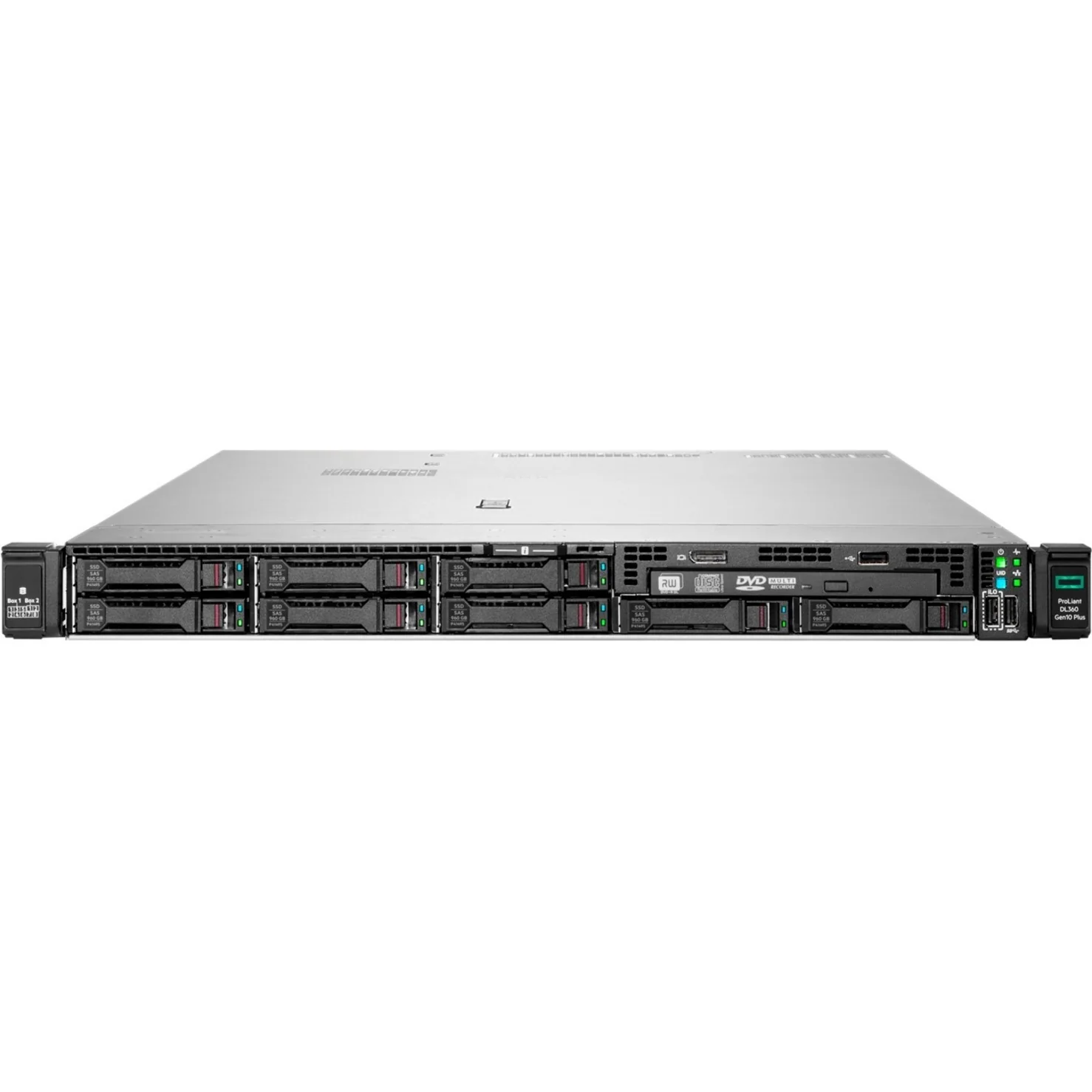ddr5 memory density
DDR5 memory density represents a significant advancement in RAM technology, offering unprecedented storage capacity and performance improvements over its predecessors. This new generation of memory technology achieves higher densities through innovative die stacking and advanced manufacturing processes, enabling single modules to reach capacities of up to 128GB. The increased density allows for more efficient data processing and storage within the same physical footprint as previous generations. DDR5's memory density architecture incorporates enhanced error correction capabilities, on-die ECC, and improved voltage regulation, ensuring data integrity at higher speeds and capacities. The technology supports higher bandwidths, reaching up to 6400 MT/s in standard configurations, while maintaining power efficiency through a reduced operating voltage of 1.1V. These density improvements make DDR5 particularly valuable for data centers, high-performance computing applications, and next-generation gaming systems where memory capacity and speed are crucial factors. The enhanced density also supports better multitasking capabilities and faster data access times, making it ideal for complex computational tasks and memory-intensive applications.


